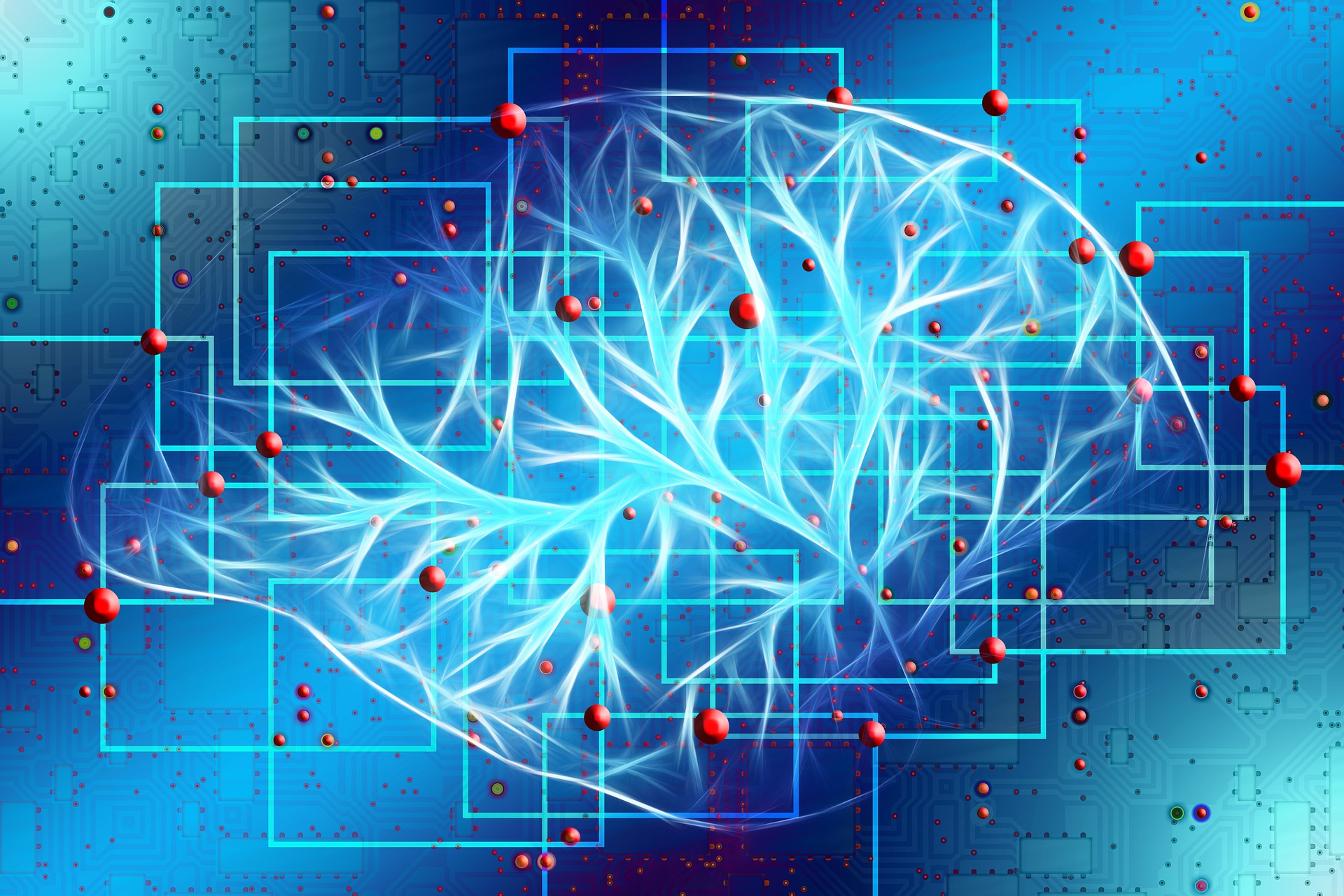Application of Distributed Artificial Intelligence (DAI)

Most artificial intelligence research investigates intelligent behavior for a single agent solving problems heuristically, understanding natural language, and so on. Distributed Artificial Intelligence (DAI) is concerned with coordinated intelligent behavior.
InDPS, multiple agents work together to solve a specific problem (Durfee, 2001). The key in these systems is that cooperation is required since no individual agent has sufficient information, knowledge, and capabilities to solve the whole problem. Being sure that information and capabilities are correctly allocated in such a way that agents complement rather than conflict between each other is the real challenge for any researcher. Typical application areas are distributed planning and control, interpretation, cooperating expert systems, cognitive models of cooperation, and human cooperation backed by digital tools, among many. Any solution in these systems is reached through coherence (designing incentives for the agents to work together) and competence (agents need to know how to work well together), and usually targeted to either constraint-satisfaction problems (DCSPs) or distributed constraint-optimization problems (DCOPs). For each class of problems, multiple algorithms have been designed (Yeoh and Yokoo, 2012) but in general, every approach consists of reducing a larger problem into interdependent sub-tasks — spatial, temporal, or functional that they might be. The partial solutions are then integrated and fit into an overall solution (Durfee et al., 1989). It is easy to understand the requiring cooperation increases the complexity of the system exponentially, so why not looking for a unified bigger problem solver? In other words, have DPS approaches a legitimate rationale to be implemented? Well, they do (Durfee et al., 1989). First of all, it is relatively cheap to connect multiple devices from a hardware standpoint, even cheaper than having a centralized processor. Second, many AI applications are distributed by nature and design, whether we like it or not. The ability to modularize the problem into subproblems is also a great advantage since modules are easier to check, debug, and maintain. Finally, having DPSs facilitates the integration of AI into human society because cooperation is the evolutionary mechanism we, as a race, have followed to prosper. Credits